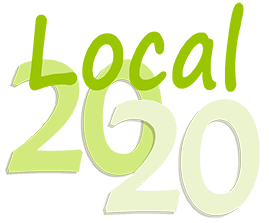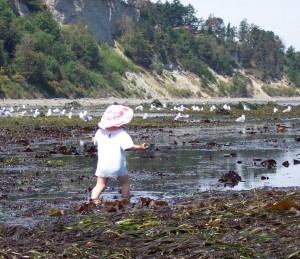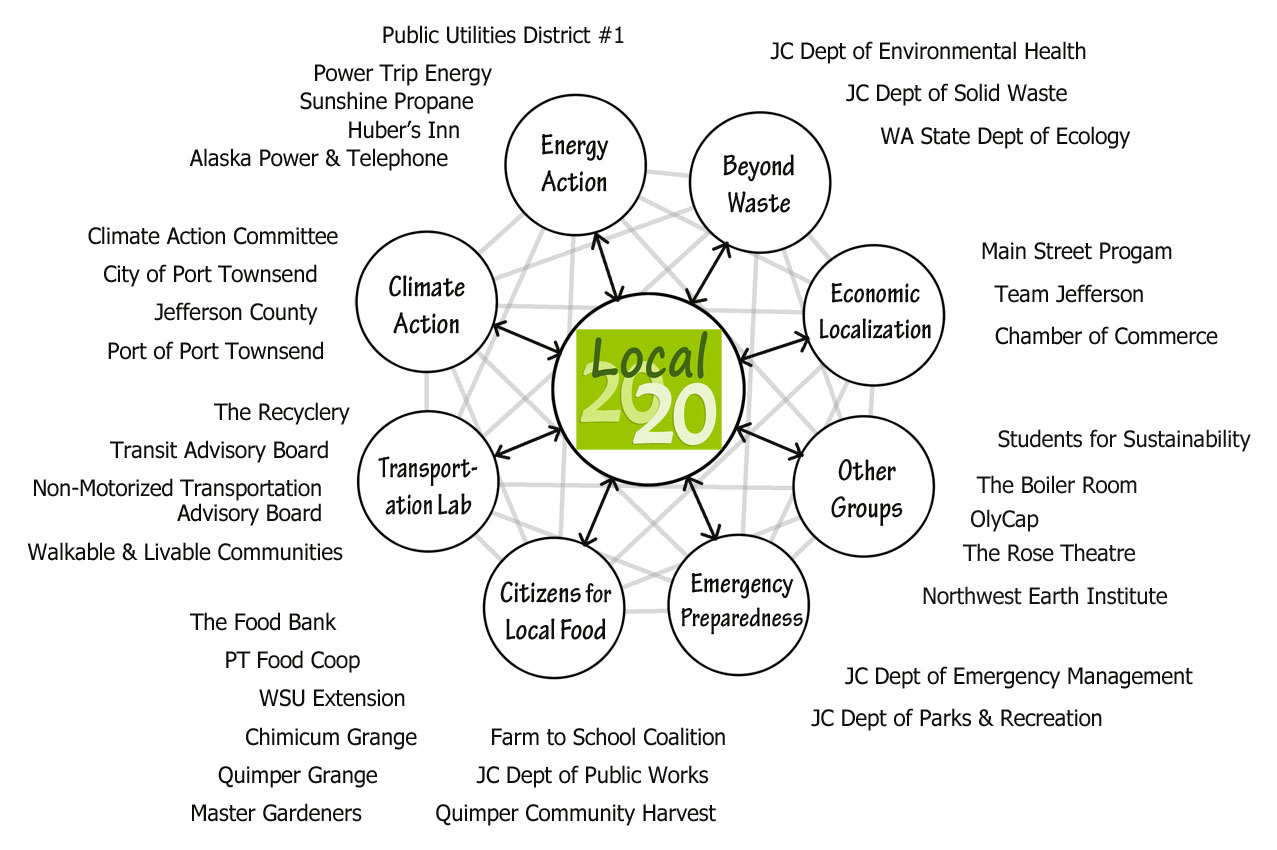Who we are
Mission statement
Working together to foster a regenerative, sustainable, resilient, equitable, and inclusive community in Jefferson County through both action and education.
Local 20/20 is an incorporated 501(c)3 non-profit in East Jefferson County, actively driving a variety of projects in the arena of community-interconnectedness, sustainability, and resiliency. We acknowledge that the heart of our work is an effort to lessen the sustainability and resiliency disparities that exist across the community that are based on historical factors related to race, national origin, immigration status, and income. We welcome everyone in the community to join us and actively seek partnerships with other community nonprofits, civic organizations, and local government entities with compatible missions. As we have sought to incorporate our social justice values into everything we do, we have archived the work of our 2020-2022 social justice efforts.
Local 20/20 acknowledges the existence of systemic racial and social inequities in our country based on historical precedents that will take decades of antiracist work to overcome. We pledge regular reviews of our programs, goals, and language under the guidance of a DEI expert to ensure that our programs center the inclusion, welcoming, belonging, and active participation of every person in East Jefferson County. With compassion, we remain open to critiques of our activities and programs and are prepared to correct those issues that inhibit participation, rejecting all forms of oppression in our community. We pledge to work everyday to understand what it takes to make positive change toward our collective goals for a fully inclusive community.
Local 20/20’s mission is to promote sustainability and resilience through advocacy and education. We recognize that our goals of a healthy existence for all can ONLY be achieved through policies that uphold racial and social equity. As we enjoy the benefits of living in this incredible paradise, we also acknowledge that we live on land usurped by European settlers from the Lower Elwha Klallam, the Jamestown S’Klallam, the Port Gamble S’Klallam, the Skokomish, the Chemakum, the Quinault, the Quileute, the Hoh, and the Makah tribes.
“We can’t really begin to talk about climate justice without including social and racial justice in the conversation.” – Ju-Pong Lin
What we do
Most of what happens in Local 20/20 happens in Action Groups, each focused on a different (though interrelated) aspect of sustainability, with a “steering council” serving in an administrative capacity and as a networking hub. Check out the Action Groups menu above to learn more, and also check out our posts, which can be sorted by category. And here is our 2024 Year End Summary.
Keep abreast of the latest goings-on in the resiliency sphere by checking out the Local 20/20 Weekly Announcements newsletter. Events might include films, presentations, meetings, work parties, festivals … anything which has a bearing on Local 20/20’s mission statement – not just those sponsored by Local 20/20. You will also find instructions for posting your own event.
Action group meetings and other Local 20/20 events can be found on the Calendar as well.




